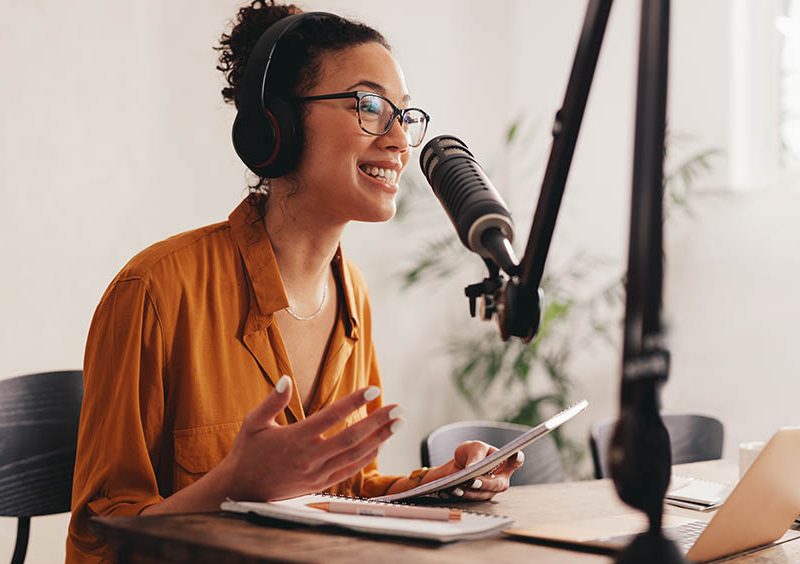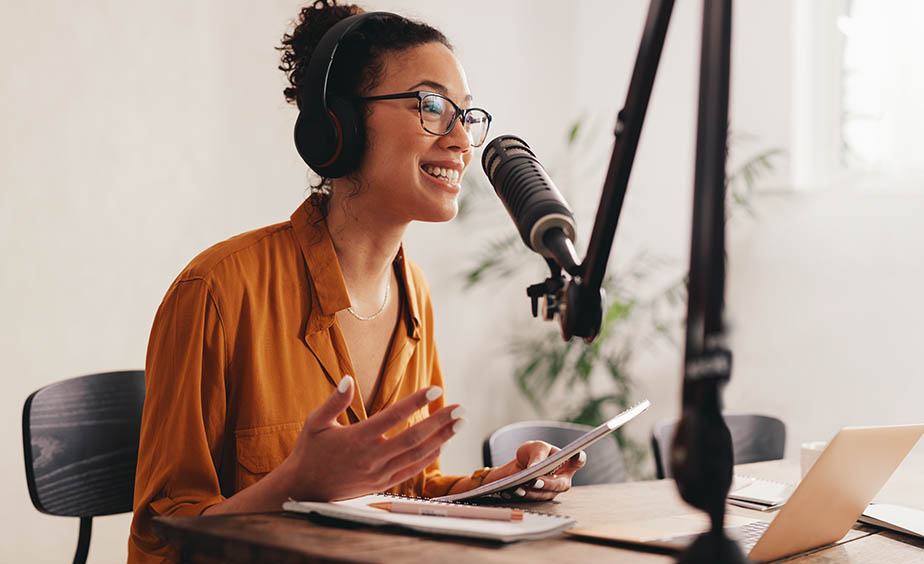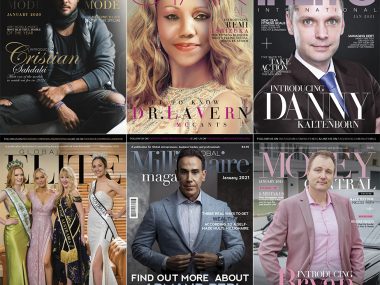Recording a podcast is not that difficult, but it can take quite a learning process to get it right. No amount of editing can fix certain mistakes so capturing the cleanest audio from the outset is important. It can save you time editing and prevent you from recording a full podcast you can’t use. Here are some recording tips to help you.
Choose the right equipment and software
It is possible to record a podcast using your iPhone or computer microphone, but it’s not recommended. If you want to record clear, professional audio, you need to use the right microphone. A USB microphone that plugs into the USB port of your computer offers a good way to start. All you need then is some recording software, and you can begin recording.
You will also need to choose a podcast hosting platform where you get your RSS feeds that you can submit to a podcast directory of your choice. Find out more about the best podcast hosting platforms on SFGate that have various features that make it easier to publish your podcast and track its success.
Warm-up, and don’t be self-conscious
Rather than starting an episode cold, warm up your vocal cords by saying some tongue twisters or practicing your script. This will help you not stumble over your words and improve your diction.
When you’re talking into a mic for the first time, it’s easy to get self-conscious. Just try to be yourself, show your personality, and enjoy the process of getting your message across. If you create a personal connection with listeners, you will soon have a group of them waiting for your next episode to come out.
Record in a small, quiet room and create a noise profile
If you record in a small quiet room with closed doors and windows, you would reduce any outside noise, such as pets barking. You can make the room more sound-absorbent by introducing soft items like rugs, cushions, and curtain fabrics.
Pause for a couple of seconds at the start of a recording to create a noise profile. You can use these seconds of silence when editing to identify and remove any background noise. Some online platforms have tutorials on how to do this.
Use proper microphone techniques
Having the right microphone is important, but it is just as important to know how to use it. Your microphone should be at the same height as your mouth. Adjust your body, so your mouth is at the right distance from the microphone. The closer you are to the mic, the louder your voice will sound. It’s important to keep your mouth at the same distance for the whole recording.
Most recording software will show volume levels on a scale of green to red, and you should stay in the green section unless you want to emphasize a point. If you go into the red section, the sound will be distorted. If you have a pop filter between your mouth and the mic, it will reduce any clicking sounds as you talk.
Keep your body still and watch your breath
If you move your body around while recording, it will cause background noise. Try to stay as still as possible in a chair and plant your feet solidly on the ground. Don’t move objects around on your desk and if you have notes on paper, try to avoid moving them around.
Sit up straight and try to control your breathing, so you inhale and exhale quietly. You don’t want to hear loud breathing on your recording. If you need to take a big breath, move your mouth away from the mic.
Use headphones and make a test recording
It is possible to record without using headphones, but using them will mean less editing work due to less feedback. Headphones that cover the ears are better than earbud headphones because the wires of earbud headphones lie over your chest and can rub against your clothing.
It helps to make a test recording so you can pick up any sound issues before you start recording. There may be a problem with a guest’s microphone that you need to resolve. You don’t want to find there’s a sound problem you can’t fix while editing.
Leave audio cues for mistakes
You will need to eliminate any mistakes during editing, so it helps to leave cues while you’re recording so you can find them easily. When you make a mistake, you can pause, give a spoken marker, and then pause again before continuing. You can find the pauses and edit out the mistakes. Another option is a high-pitch sound marker, much like a dog clicker, that you click a few times after making a mistake so you can find the spikes while editing.











